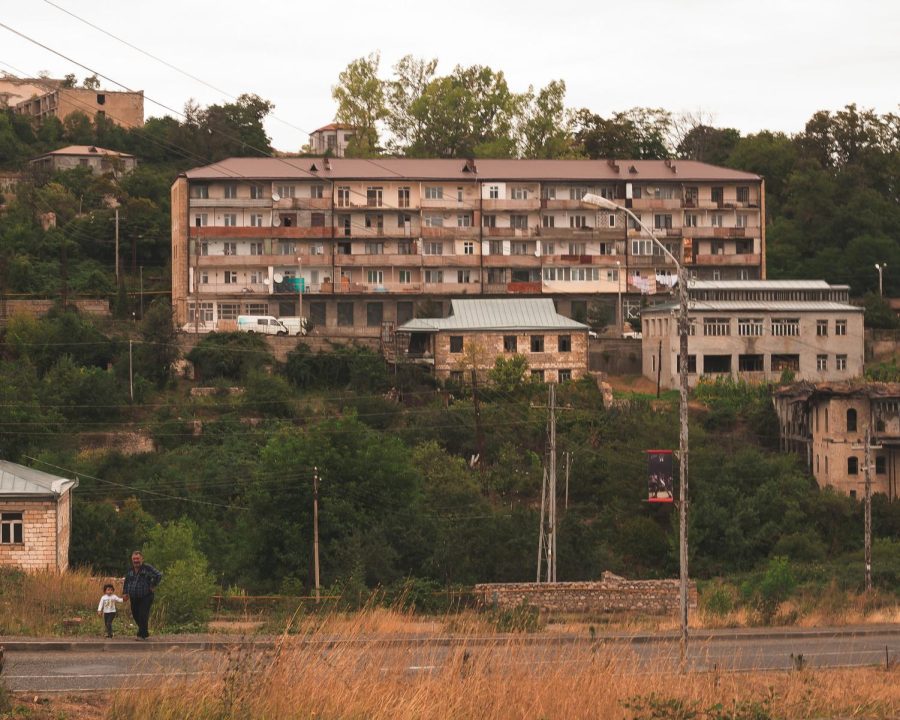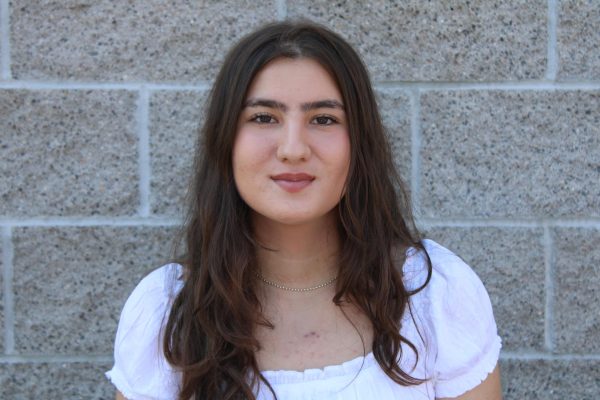Uncovering the Conflict Between Armenia and Azerbaijan
The Shushi Province, an important religious center/community in Nagorno-Karabakh, came under the control of the Azerbaijan government following the “Battle of Shushi” in 2020.
March 10, 2023
*The opinions expressed within the content are solely the author’s and do not reflect the website’s or its affiliates’ opinions and beliefs.*
Time and time again, the media tends to highlight stories of its choosing rather than issues that would appeal to its diverse audience. Many individuals around the world are suffering in silence because their struggle was not recognized as an “emergency” or was deemed “uninteresting” by the media. For instance, the current conflict between Armenia and Azerbaijan perfectly illustrates this issue. Despite a comparatively high number of casualties, there has been limited publicity on the two nations since the war. According to the BBC, “Azerbaijan made significant territorial gains, while Armenia said last month it had counted 2,425 dead soldiers.” Despite these alarming statistics, numerous people worldwide are unaware of the conflict because of the lack of news coverage.
“I didn’t even know that was going on for the longest time until one of my Armenian friends informed me of the matter,” junior Sri Devarakonda said.
Many individuals are completely in the dark about the conflict, despite the devastating impact it has had on innumerable families and communities. Since the late 1980s, the two neighboring countries have feuded over territorial claims, with intermittent outbreaks of violence devastating each party. When the countries were previously Soviet republics, they were not permitted to fight for the land. However, since the dissolution of the Soviet Union in 1991, there has been debate concerning the ground between them.
The vast majority of the conflict has occurred in the center of the two countries known as Nagorno-Karabakh. In 1988, Nagorno-Karabakh declared its intention to join the Republic of Armenia, despite its official location within Azerbaijan. Armed fighting between the two republics, which have a history of ethnic tension, ceased during Soviet rule. Following the disintegration of the Soviet Union, warfare in the region immediately arose, with the two nations fighting over control of the territory. While Armenia gained control of the region in 1993, the people of Nagorno-Karabakh desired complete independence. Russia brokered a ceasefire in 1994 in which Nagorno-Karabakh became independent while still maintaining close economic, political and military ties with Armenia.
However, over the next thirty years, Azerbaijan gained political and economic power, as being offshore of the Caspian Sea meant that it possessed a large quantity of oil and gas, both of which were resources that the West sorely needed. Even in 2023, Azerbaijan functions as a significant gas source for European nations. As a result, the country’s wealth expanded exponentially faster than Armenia’s. With this significant revenue, Azerbaijan was able to put large sums of money into its military.
In 2020, the Azerbaijan military attacked the Armenians living in Nagorno-Karabakh, starting a two-month war between Azerbaijan and Armenia over the territory. Azerbaijan ultimately won, gaining control of Nagorno-Karabakh. International human rights lawyer Geoffrey Robertson published an article noting that the territory is “a hostage of Azerbaijan and history. It originally belonged to Armenia and has always been inhabited mainly by Armenians.”
Azerbaijan continued to invade Armenia, taking advantage of Armenia’s lack of significant alliances. While Russia is expected to act as a major ally of Armenia due to the alliance they share as a part of the Collective Security Treaty Organisation (CSTO), Russia extensively sells arms to Azerbaijan. While Armenia purchases arms from Russia at a discounted rate, Azerbaijan is willing to pay full price, which provides ample financial incentive for Russia to remain relatively unengaged in the conflict. Currently, the future looks very bleak for Armenia’s survival, largely due to Azerbaijan’s strong military.
Unfortunately, many people outside of the region are unaware of the conflict, particularly due to the lack of media coverage on the issue. Numerous families are suffering and are unsure what will happen to their native country. With proper coverage, countries throughout the world could offer their support with additional humanitarian aid or even by taking a more active stance in the conflict. Unfortunately, this is only one of many stories around the world that are going untold.
Vice President of UHS Human Rights Club Melanie Taba felt that high schoolers can help educate others on this topic.
“I am honestly quite disappointed that the media has not covered what’s happening [in Nagorno-Karabakh] more,” Taba said. “I want to educate my club members and ask them to spread awareness on social media.”
Although people may not be able to contribute unique insight or tangible aid to this cause or others, simply bringing stories like this one to light is important for individuals to educate themselves, no matter how distant an issue might appear. With this knowledge, they can share the cause with even more people, which can potentially support these difficult situations.
The failure to cover specific stories around the world is completely unjust. Everyone should be able to have a voice, no matter the country they reside in and what may seem appealing for the media to publish. Aside from this particular issue in Armenia and Azerbaijan, many stories of struggling individuals are not being shared, and it is the media’s responsibility to make their audience aware of such issues.





